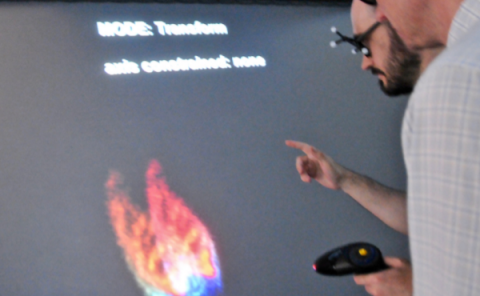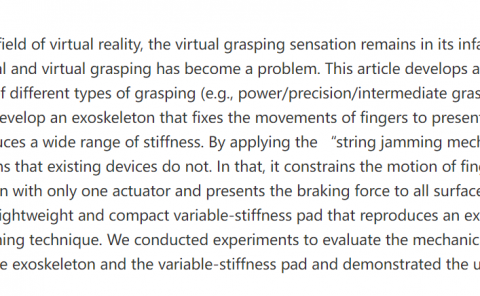Exploring Extended Reality with Flexible Spectrum Access in Wireless Cellular Network
PubDate: October 2021
Teams: Huawei Technologies
Writers: Yu Gao; Songyan Xue; Mengying Ding; JinLin Peng; Jiyong Pang
PDF: Exploring Extended Reality with Flexible Spectrum Access in Wireless Cellular Network

Abstract
Extended reality (XR) technologies, including augmented reality (AR) and virtual reality (VR), is now used in a wide spectrum of applications, e.g., telemedicine, remote education, and computer gaming. However, existing experiments are predominantly deployed in the indoor environment with the help of wired connectivity or Wi-Fi networks. Recently, the global commercialization of 5G networks provides new opportunities for XR applications. By using wireless cellular network, XR is able to offer seamless user experience from anywhere at any time. Despite remarkable advantages, current cellular-enhanced XR services are still facing certain challenges. For instance, edge users may not be able to achieve a reliable XR experience due to the limitation of transmission power and free-space path loss. In this paper, a novel flexible spectrum access (FSA) approach is proposed, which allows XR users to be flexibly handed over between multiple carriers. By such means, the reliability for the edge users can be significantly improved thanks to the use of lower frequency bands. It is also shown that the end-to-end latency has been reduced due to more evenly distributed time frequency domain resources.


